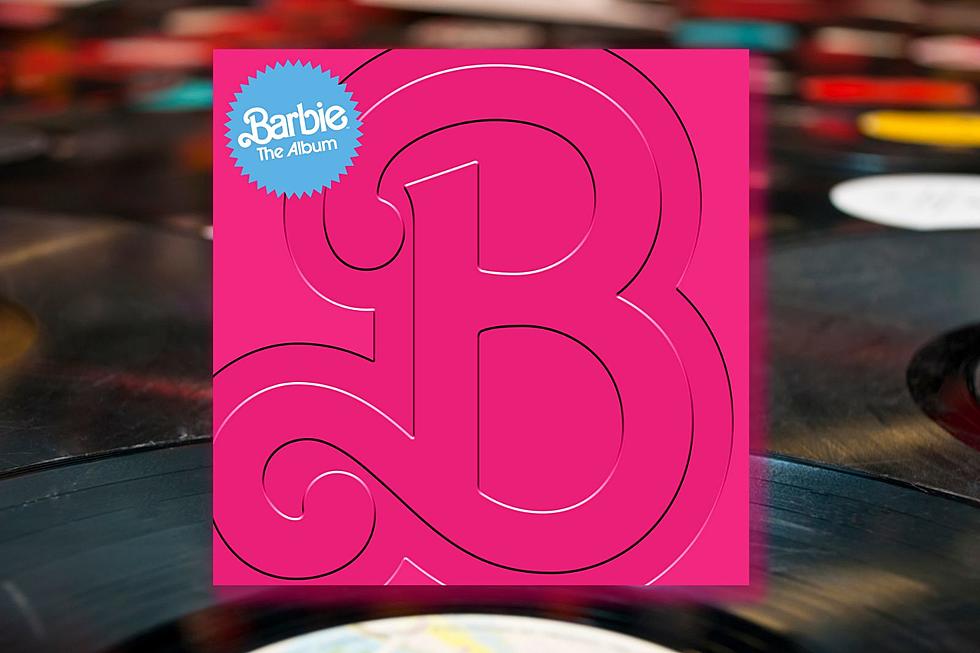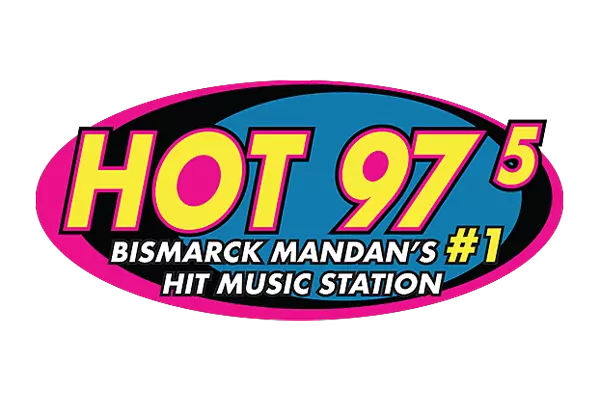
5 Foods You Thought Were Healthy, but Actually Aren’t
For a country as obsessed with weight and food production as ours is, there tends to be a lot of conflicting information, health-food fads and dietary gimmicks circulating about what and how we should eat.
While there are plenty of great choices on the market today when it comes to eating right, quite a few others are confusing or downright misleading. Foods that conventional wisdom once said were healthy might not be as beneficial for you as you thought. Sometimes it depends on how the item is produced, how much of it you consume, or how you prepare it. Regardless, here are five “health” foods you might want to take another look at, because they’re not necessarily what they seem:
1. Granola
The word “granola” just sounds healthy, doesn’t it? We eat it for breakfast, put it into our trail mix, and make packaged bars out of the stuff. Well, it turns out that granola can often be loaded up with added fat and sugar, which help transform plain oats into tasty granola in the first place. Since granola is usually full of sugar, but absent healthy fiber, eating these crunchy nuggets for breakfast probably isn’t the best way to start you day. If you simply love the stuff, make sure you check the labels of your favorite brands before buying them, and compare the sugar and fiber contents.
2. Fruit Juices
Many of the commercially available fruit juices, especially orange juice, as well as the fruit smoothies you like to buy at your favorite coffee or juice franchise, are frequently packed with sugar. We mean it—tons and tons of sugar. Well, not literally “tons” per serving, but enough sugar to rival three or four donuts, an ice-cream bar, or a large bottle of soda. Fruit, which is full of fiber, is great for your body. Processed fruit juices are not. So reach for a real apple or an orange instead of that picture of an orange you see on a juice carton. Your body (particularly your waistline) will thank you for it.
3. Reduced-Fat Peanut Butter
Reduced fat is a good thing, right? Often, that really is the case, but not when it comes to reduced-fat peanut butter. Regular peanut butter, and its reduced-fat cousin, are usually pretty evenly matched when it comes to caloric content, but reduced-fat peanut butter tends to amp up the sugar content while reducing the amount of beneficial monounsaturated fats. Remember, not all fat is bad, so when you're deciding on a peanut butter, don’t feel guilty at all. Go for the natural, real deal, and try and avoid the reduced-fat options.
4. Extra-Virgin Olive Oil for Cooking
Olive oil has tons of health benefits (blood pressure, heart, skin, etc.), but when used for cooking, it can be a little problematic. For quick and light stir-fries, and other cooking uses that don’t take a lot of time or excessive heat, extra-virgin olive oil will do just fine. Trouble brews when you try to fry something large—or, heaven forbid, deep-fry it—in olive oil.
At certain heat levels the oil will burn and turn rancid, releasing free radicals—which are carcinogens—into your body. Raw olive oil is great, but if you need a lot of oil for a certain recipe, use a different kind of cooking oil with a higher “smoking” point, like canola, peanut or safflower oil. Save the extra-virgin olive oil for dousing on salads and pasta after the food has been prepared or cooked.
5. Margarine
Maybe you can’t believe it’s not butter, but that doesn’t really matter, because margarine isn’t nearly as good for you as you once thought. Natural butter is actually much better for your body than margarine. A lot of margarines (not all) are full of vegetable oils and harmful trans fats. These polyunsaturated fats can lead to an increased risk of heart attack, especially in men. If you can get your hands on good old-fashioned butter, produced from milk that comes from grass-fed cows, you’ll probably be better off than having to sort through all of the contradictory information out there about margarine and other artificial spreads.
More From Hot 975









